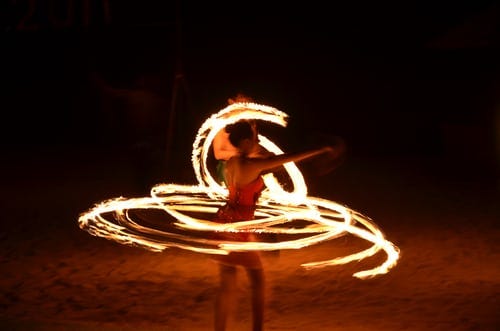Vegas: The Urges of the Body
The term vega has many meanings in many languages. In astronomy, Vega is a star in the constellation Lyra, a lunar crater, a series of space missions, a European aerospace company, a aircraft, a radial aeroengine, and a host of term that allude to its Latin root derived from Arabic, meaning falling. In Spanish, vega is a fertile grassy valley. In America, Vegas is the short form of Las Vegas, a major tourist destination for debauchery. In technology, Vegas refers to software programs, phone technology, and mathematical algorithms.
In Sanskṛt however, spontaneous flows through the body that align with subtle impulses in the mind are described as vegas in ayurveda.
Vega: The Urges of the Body
In any apartment building with windows, or in a neighborhood with homes built close to each other, one can understand a household’s morning routine just by listening to the body sounds emanating from the house. In most Indian households, the gagging during tongue scraping and gargling in the bathroom sends characteristic echoes, followed by the flow of water. In most American households, the hot steam from the bathroom tells how long people spend in the shower. From some you can hear the toilet flush and no sink water flow afterward, or intermittent spray noises as from air freshener with a toilet flush long after. In many homes in India, buckets filling with water are heard in the summers before the morning school rush. Occasionally, the sounds of a baby crying, someone with an uncontrolled loud sneeze, spastic belly or large burps after lunch as dishes were gathered would resonate through the air. Passing of belches and flatulent gas could be heard from homes where elders lived.
For many, these are simply signals that people are alive and living uninhibited lives. In contrast, life in the land of freedom is more repressed. If one lives in India then moves to America, one will need to change routines to fit in with the new culture of clean on the surface but unclean inside. People will admonish others if they make loud gargling noises, or gag as they scrape their tongue or cough up phlegm, or belch after a meal. After a couple of years, people either adjust or they move to houses with large land and privacy to have plenty of room between houses. The distance preserves the freedom without criticism to ‘sing in the shower’ and freely release the rest of our body’s flows.
Āyurveda describes spontaneous flows through the body that align with subtle impulses in the mind, called vegas. These urges of the body should not be suppressed, Ayurveda warns. Repression of these manifestations of vāta leads to imbalances then diseases in due course of time.
The saririka (physical bodily) urges, initiated mainly by directed vāta flowing out of the body, are called adharaniya (a = not; dharan = to hold) vegās, because they cannot be held back easily. The manasika, or psychological urges, are to be self-examined and not expressed, using voluntary control (dharaniya) for the sake of spiritual evolution and society’s well-being.
Each of the 13 physical urges is not to be stifled for specific reasons. Vegās spontaneously emanate from the body and are part of the body’s metabolism and need for waste or malas to be removed from the body. Without these flows, toxins develop.
Urination Vomiting Yawning
Bowel movement Sneezing Hunger
Sexual release Belching/Burping Thirst
Passing gas Panting
Tears Sleep
Described in detail in the Caraka Samhita Sūtra-sthāna; chapter 7, slokas 3–4, these bodily urges are each associated with nerves and impulses provoked by air, liquid or solid pressing on a canal in the body. For example, when gases from bacteria or chemical reactions in the gut build up, they first distend the gut and then push to escape outward either by moving up or down.
The flows of the body are signals to push things along, mainly the apana vayu (downward and outward flow in the body through the pelvis) and udana vayu (upward and outward flow from the body through the throat). To resist an urge or create an urge forcefully aggravates vāta. Awareness of these urges helps a person avoid the things that will trigger their abnormal expression. In yoga class, we learn how to use our arms and body to recondition the flow of prana vayu and apana vayu in the correct harmonious directions.
week 80. TheSouthAsianTimes
Download the .pdf version of this column by clicking on the image.
Dr. Bhaswati Bhattacharya is a Fulbright Specialist 2018‐2023 in Public Health. She serves as Clinical Asst Professor of Family Medicine in the Department of Medicine at Weill Cornell Medical College in New York, NY.
Her bestselling book Everyday Ayurveda is published by Penguin Random House. To order an autographed copy, write to bhaswati@post.harvard.edu.






